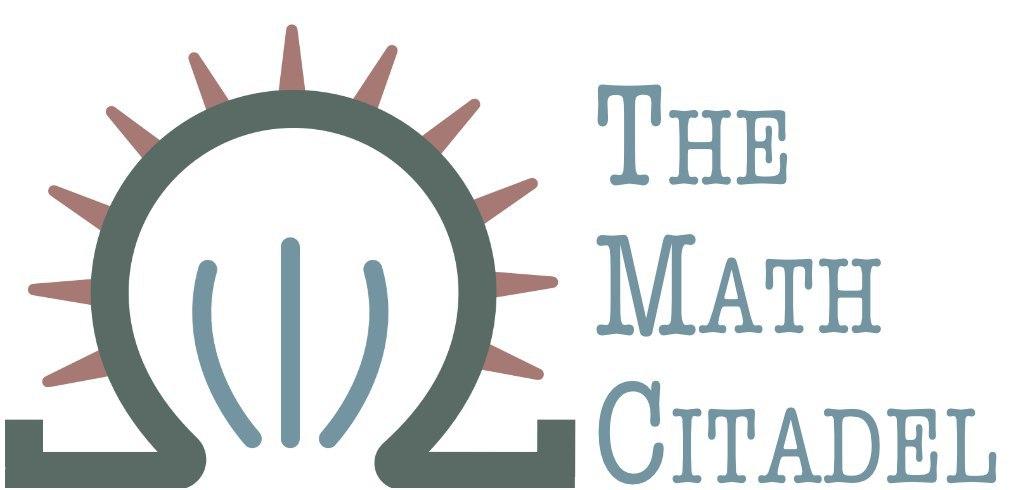
Much of pure mathematics exists to simplify our world, even if it means entering an abstract realm (or creating one) to do it. Theisomorphism is one of the most powerful tools for discovering structural similarities (or that two groups are identical structurally) between two groups that on the surface look completely unrelated. In this post, we'll look at what an isomorphism is.
Pinter's Abstract Algebra gives a fantastic motivation for studying isomorphic things: we want to know if two objects we're looking at are really just the same object with, say, different outfits on. Take the two palindromes MADAM and ROTOR. They're two different words, but if we replace M with R, A with O, and D with T, we can transform MADAM into ROTOR. This tells us that these two palindromes have the same structure. In this case, that they are essentially a "word reflection" ../about the middle letter. MADAM and ROTOR are just wearing two different outfits. We can replace the letters "M", "A", "D" with any three other letters, then reflect the first two ../about the third to create another word palindrome with the same structure. (Now, picking any three letters at random might not guarantee the palindrome you make is an English word.)
Let's take this into a mathematical realm. We could create a function $f$ that maps the three letters "M", "A", "D" with the structure of the palindrome MADAM onto three new letters, maintaining that structure. So the function $$f = \begin{pmatrix}M&A&D\\\downarrow&\downarrow&\downarrow\\R&O&T\end{pmatrix}$$ transforms MADAM into ROTOR. The correspondence isinjective(a one-to-one mapping, taking one element of $\{M,A,D\}$ to only one element of $\{R,O,T\}$, andsurjective (every letter "R", "O", "T" has something that maps to it), and therefore is calledbijective.This means we can actually move back and forth from MADAM to ROTOR by taking the inverse of the function $f$ that mapped us from "M","A","D", to "R","O","T". Such a function between two groups that preserves the structure of the groups is called anisomorphism and the two groups are said to beisomorphic.
I wrote the multiplication table for $G$ using that particular order for a reason, mostly to make the isomorphism easier to see. We needed to play with mapping $0$, $1$, $2$, and $3$ to the set $G$ such that the table structures are preserved.
There are $4!=24$ possible mappings. We can try each one, which is a pain. Each person can develop his own strategy, but mine was first to note that the identity element in one group must map to the identity element in the other group. Thus, we know that $0 \in \mathbb{Z}_{4}$ must map to $1 \in G$. From there, I need to figure out what pairs of elements generate the respective identity elements under the respective operations. So whatever element in $G$ that $1 \in \mathbb{Z}_{4}$ maps to mustmultiply (remember we have to use the group element of $G$ when we're over there) with whatever element in $G$ that $3 \in \mathbb{Z}_{4}$ maps to to give $1 \in G$.
We can look at the operation table for $G$ and see that $i\cdot -i = 1$, so we note that perhaps we'll map $1\in Z_{4} \to i \in G$, and $3 \in \mathbb{Z}_{4} \to -i \in G$. That leaves us mapping $2\in \mathbb{Z}_{4} \to -1 \in G$. We then see if that mapping allows us to interchange the elements of $\mathbb{Z}_{4}$ under mod 4 addition with the elements of $G$ under multiplication[note]Remember to change operations![/note] to see if we get the same table. As it turns out, we do, so
$$f:\langle \mathbb{Z}_{4},+\rangle \to \langle G, \cdot\rangle \text{ given by } f =\begin{pmatrix}0&1&2&3\\\downarrow&\downarrow&\downarrow&\downarrow\\1&i&-1&-i\end{pmatrix}$$ is our isomorphism. (You can also check for yourself that for any elements $a$ and $b$ in $\mathbb{Z}_{4}$, $f((a+b)\bmod 4) = f(a)\cdot f(b)$.)